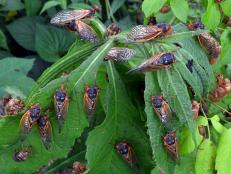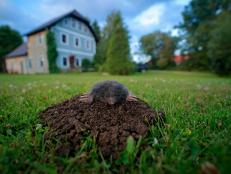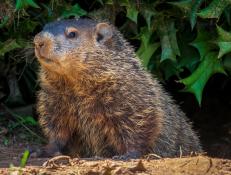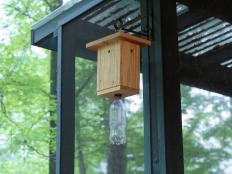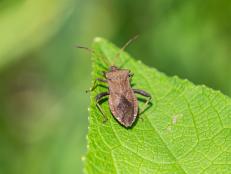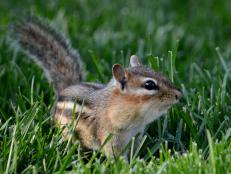Fire Ants Are Trouble
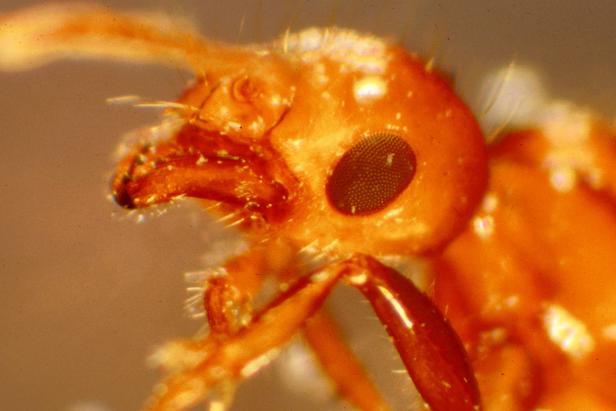
Image courtesy of USDA ARS Photo Unit, USDA Agricultural Research Service, Bugwood.org

Native to Brazil, the red imported fire ant (Solenopsis invicta) was introduced to the United States sometime around the 1930s, first spotted near Mobile, Alabama. The species reproduces quickly and spread throughout the South, likely accelerated by the distribution of nursery stock of sod or plants. Now, a presence in 13 states, many counties have quarantines in place, limiting or monitoring the distribution of plants and turf in an attempt to slow the spread of this stinging pest.
Dark red and ranging from ⅛ to ⅓ inches long, the red imported fire ant, or RIFA, like Hymenoptera (bees, ants, etc.) has a 4-stage life cycle: egg, larva, pupa and adult. The first three stages all take place underground in nests. Adults emerge when ready to participate in the maintenance or growth of the colony. Adult RIFA exist in five categories: minor worker, major worker, winged males, females and queens.
Colonies develop quickly, growing by as many as 10,000 ants in a single year. New colonies are established through swarming. Winged, reproductive males and females leave an existing nest and reproduce in flight. Newly mated, potential queens fall to Earth hundreds of yards from the original site and attempt to establish new colonies. Shedding their wings, new queens build nests without assistance. The first ants hatched help raise younger progeny. Unless the nest is disrupted, a new colony will reach functional stability in a matter of months.
RIFA nests are easy to spot. Approximately 18 inches wide and 12 inches tall, the soil is loose and crumbly with many entrances. Usually found in grassy areas with ample sunlight, care must be taken around a thriving nest. RIFAs are aggressive with a painful sting and will quickly climb any foreign contact to the surface nest. RIFAs are a particular danger to young children and to curious pets.
Because they feed on destructive insects like aphids and boll weevils, they can be considered, in some respects, a beneficial insect. Contrarily, they also prey on helpful pollinators and eat seeds, bark and roots. Coupled with a serious sting risk to people and pets, the red imported fire is primarily viewed as a formidable pest.
Although it is difficult to eradicate a RIFA population, its colonies can often be controlled without chemical intervention by pouring boiling water over existing ant hills. Three gallons is usually sufficient, but several applications may be necessary. Agitated ants my swarm when disrupted so caution should be taken when using this method.
If boiling water is not sufficient, chemical treatments may be applied by broadcasting an insecticide in the surrounding area. Poison bait is also an effective control when dealing with a RIFA infestation. Using this method, poison bait is carried back to the nest, killing the population within. Although a proven strategy for RIFA control, bait is slow-acting but will take 4 to 6 weeks for results to be observed.








